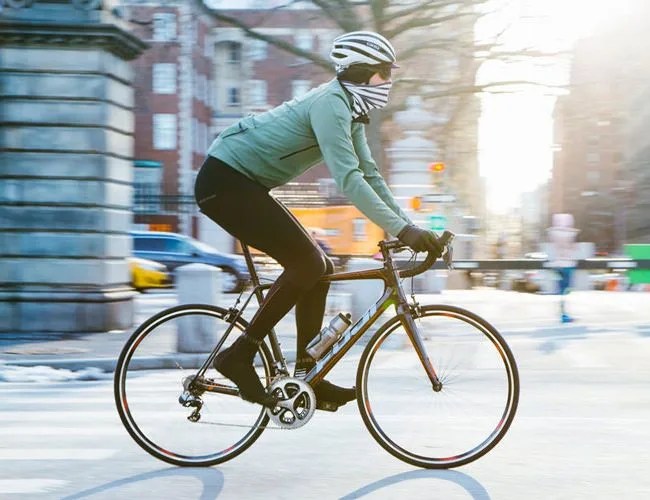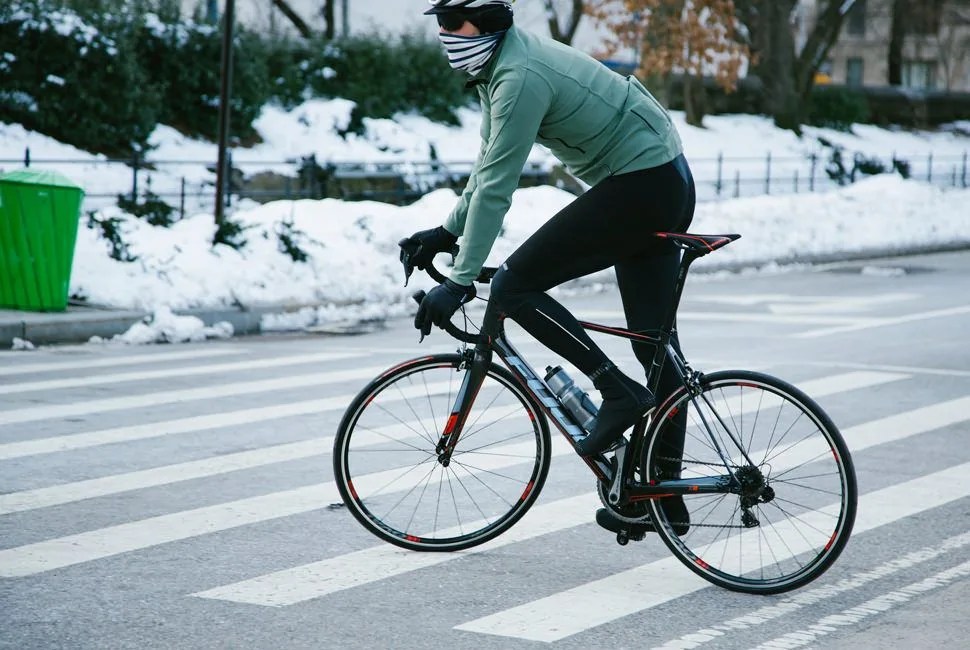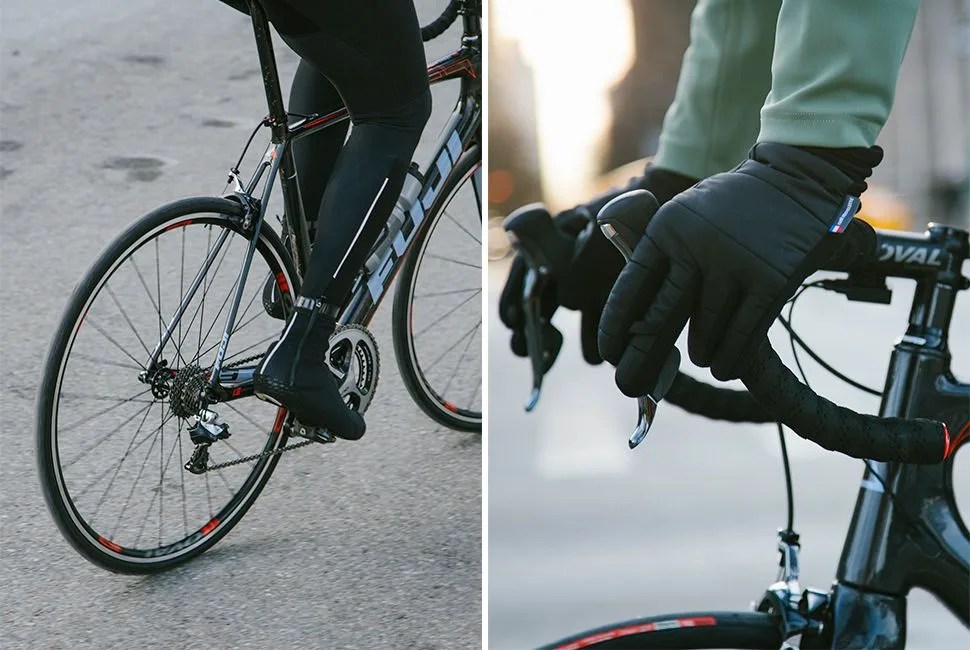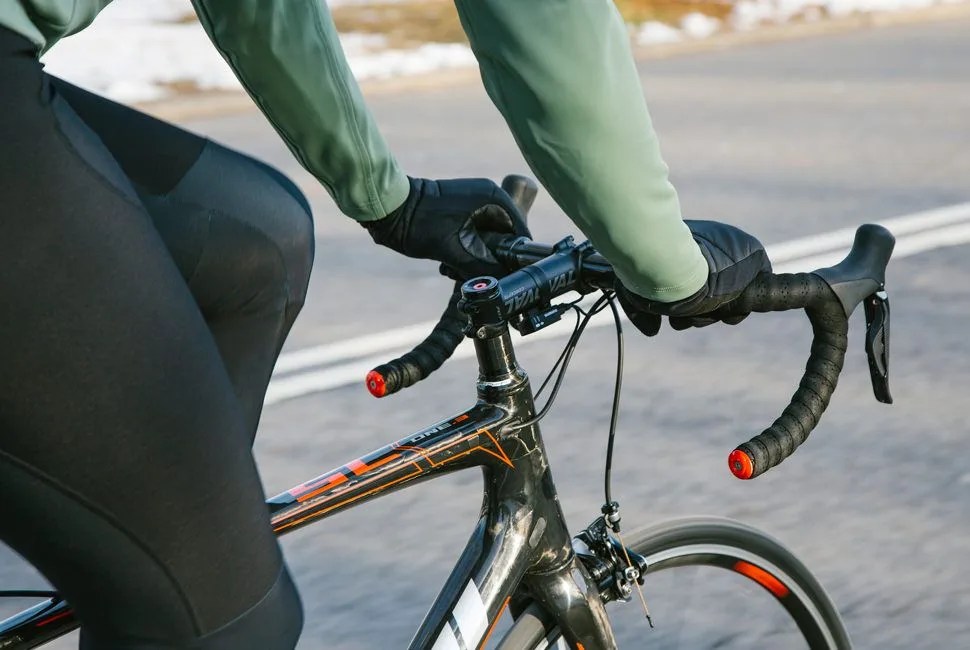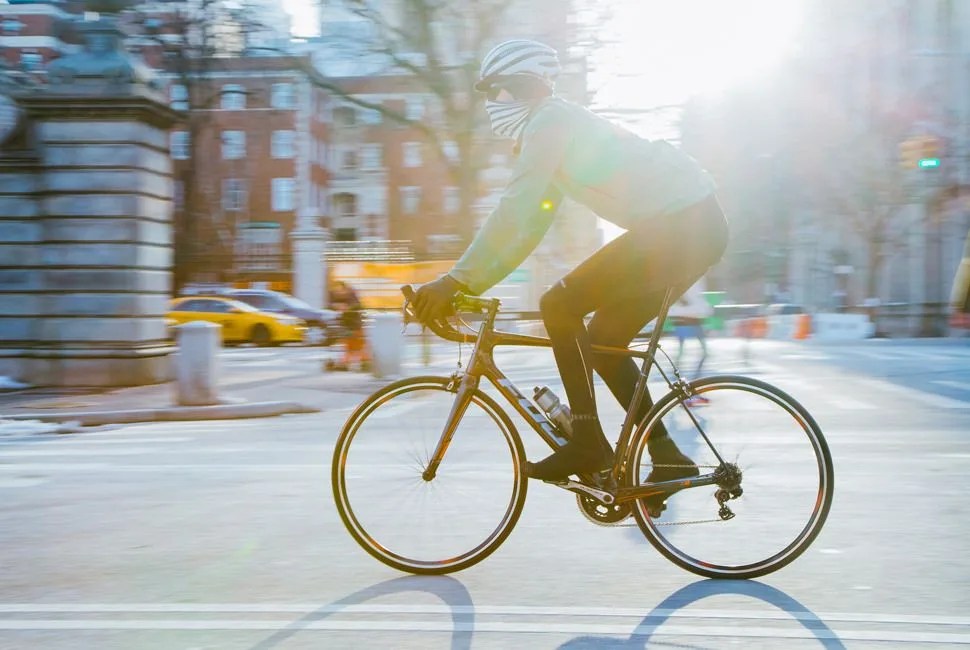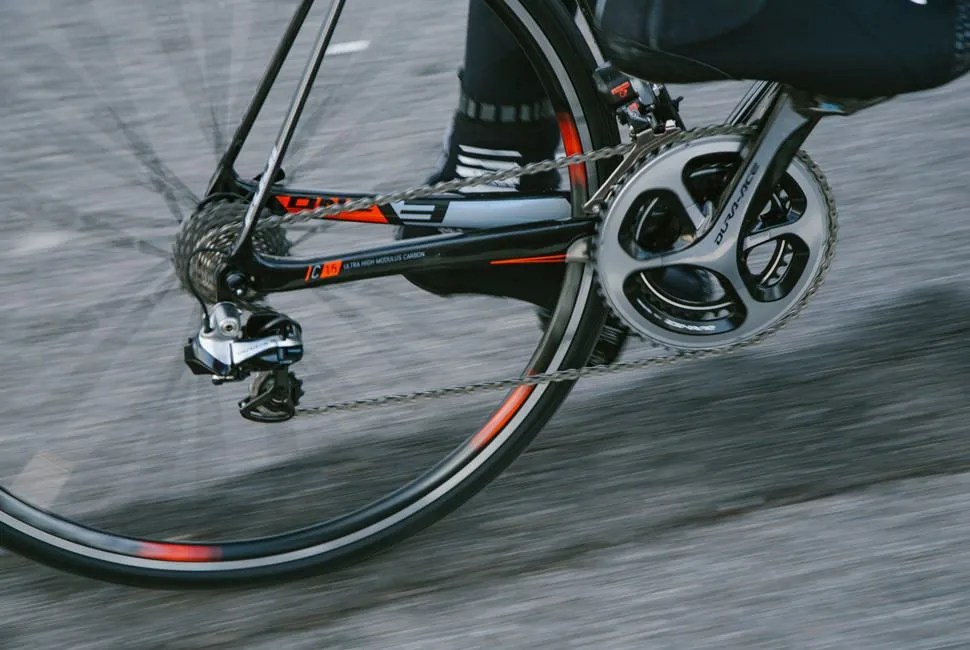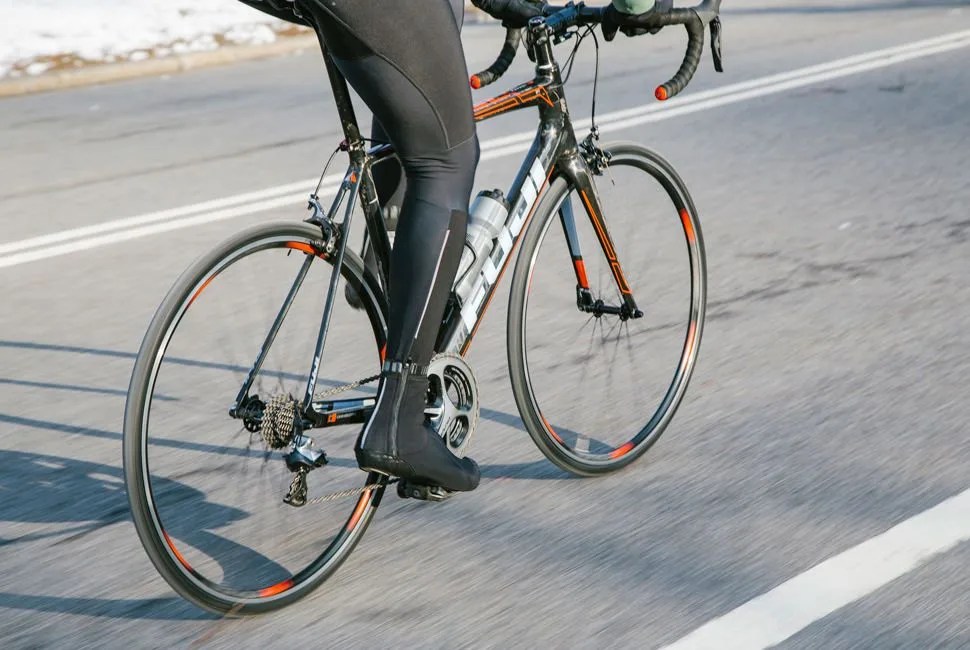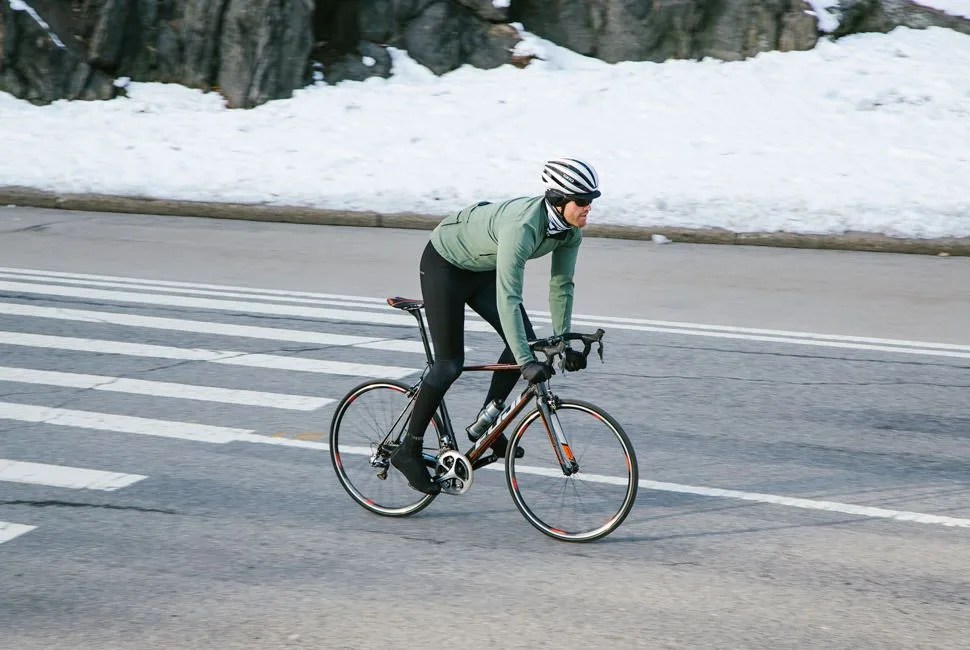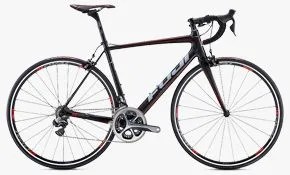8 photos
Ignoring the fact that if you want to truly save weight you’d just lose it — the five pounds by your belt line is weighing you down more than your aluminum bottle cage — the world of precision carbon engineering is a tantalizing game of gram slicing. This is the realm of bike frames the weight of bread loaves (normal weight, 625 grams), and in this game of who is lightest, every single frivolous gram is cause for an engineer’s ulcer. So to start the discussion, we must talk numbers, because numbers are the building blocks of these featherweight bicycles.
The Bianchi Specialissima: 780 grams. Cannondale Evo Black: 777 grams. Fuji SL: 695 grams. Trek Émonda: 690 grams. These claimed frame weights are some of the lightest available in the US market (German brand Canyon, who should arrive on American shores this year, is also up there with their Ultimate CF Evo frame at 665 grams), and they offer riders the golden nugget of road bike design: low weight, high stiffness.
Yet there is a trade-off when you’re skimping to these numbers. Often, with weights this low, the frame design can invoke collateral negative aspects, such as twitchy handling or an overly-stiff and uncomfortable ride. As much as the bike may inspire you to climb higher faster, you may also lose ground careening wildly over poorly paved roads or taking downhills trepidatiously, fearing loss of control. Bikes are, alas, about compromises.

And so it was with mild fear for my toosh and my below-average bike-handling skills that I mounted Fuji’s SL 1.3. My previous experience with Fuji’s Transonic left me loving the weight-to-stiffness ratio, but exhausted by the excessive bounciness of the ultra-stiff, aero frame. The route I ride to work every day, a cheese grater of pavement known as the Manhattan Bridge and Lower East Side, is not forgiving terrain for an ultra-stiff bike.
Fuji SL 1.3 Specs
